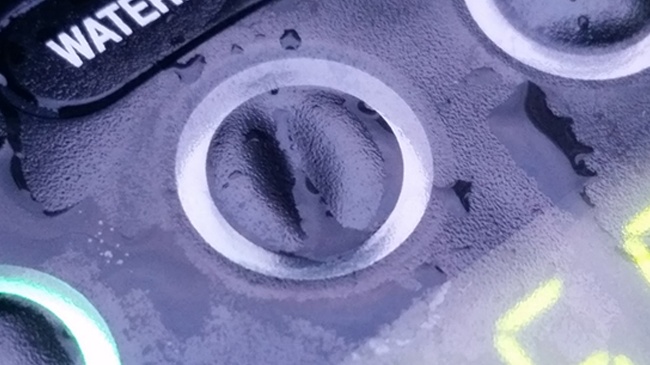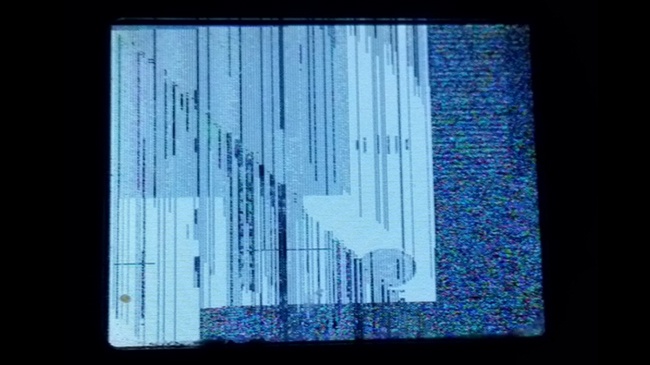Recently I spent the weekend at a family member’s home and experienced two failures of everyday human-machine interfaces (HMI) devices that truly perplexed me. One was a collapsed dome switch on a spa controller; the other was a graphical display error on a touchscreen coffee maker.
Both had the following similarities:
- Products were less than 1 year old.
- Products were “expensive”.
- Products did not appear to be misused, abused, or otherwise neglected.
- The issues rendered these products inoperable.
- People are willing to pay a premium for these devices.
So how and why could these products fail so soon after they were purchased? I believe the answer is simple: there is too much focus on driving cost out of the product itself that the true cost of quality is sometimes overlooked.
Will my family member ever buy a touchscreen coffee maker again? Probably not. Will they replace their spa controller with the same make and model? Probably not. I decided to make a quick assessment of the failure modes and root causes of both products.
Spa Controller Membrane Switch
After reviewing the membrane switch design, it was observed that the unit utilized polydomes (polyester domes with silver). These types of dome switches are used frequently, and their benefits are a lighter tactile feel and quieter actuation. They are also a lower cost solution; however, this comes with reliability concerns. In my travels, I’ve observed numerous failed polydomes that either crack or collapse due to a variety of cases. A better recommendation is stainless steel dome switches since they are rated for hundreds of thousands of cycles and are the best choice for high reliability products. Steel has tremendous fatigue properties and responds exceptionally well to cyclic loading (do you remember the Goodman Equation and S-N curves from Mechanics class in college?).

Collapsed Dome Switch on HMI Device
Coffee Maker Touchscreen
The exact root cause of the graphical error observed is difficult to determine without a complete understanding of the printed circuit board assembly (PCBA) design, firmware, and display specifications. From experience with troubleshooting touchscreens and the firmware behind them it is suspected it could be the following.
- PCBA or board level component issue.
- Faulty power supply or cable/interconnect.
- Corrupted firmware or graphics.

Graphical Display Error on Touchscreen
All three root causes could create the graphic fault observed. When designing and manufacturing custom touchscreen assemblies with integrated software, it is crucial to exercise each device through numerous test sequences and perform acceptance testing to verify touchscreen. Maintaining revision control of firmware is equally important.
Summary
The right way to keep costs down for high reliability HMI devices is to focus on understanding the true design requirements without unnecessarily over engineering the product. A full-service supplier can help assess all facets of the design and development process to make sure the right technology is selected for the right use case. After all, maybe polydomes are the right technology for your application; however, the end user must understand that saving a few cents on a polyester dome may only save you money in the short term.
Key Takeaways
- Low-cost components can compromise reliability: Using cheaper options like polyester domes in membrane switches reduces short-term costs but often leads to early failures and poor user experiences.
- Material choice impacts product lifespan: Stainless steel domes are more durable than polydomes, offering superior fatigue resistance and reliability for high-use HMI applications.
- Touchscreen issues often stem from design or firmware faults: Failures in PCB assemblies, interconnects, or corrupted firmware can cause display malfunctions that render devices unusable.
- Comprehensive testing is essential: Exercising HMIs through multiple test sequences and maintaining firmware revision control can prevent costly failures after deployment.
- True cost savings come from thoughtful design, not shortcuts: Selecting the right technology for the intended use case ensures long-term reliability, protecting both product reputation and customer satisfaction.
















